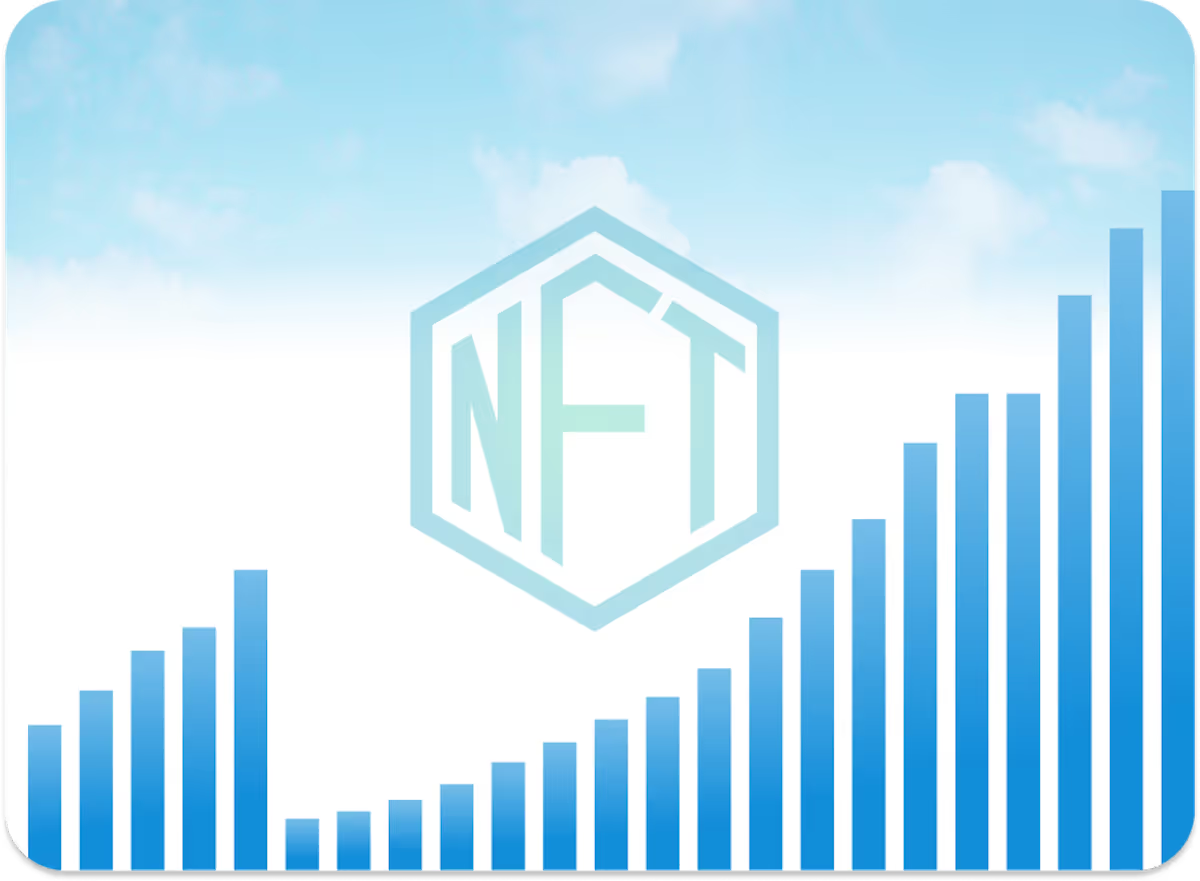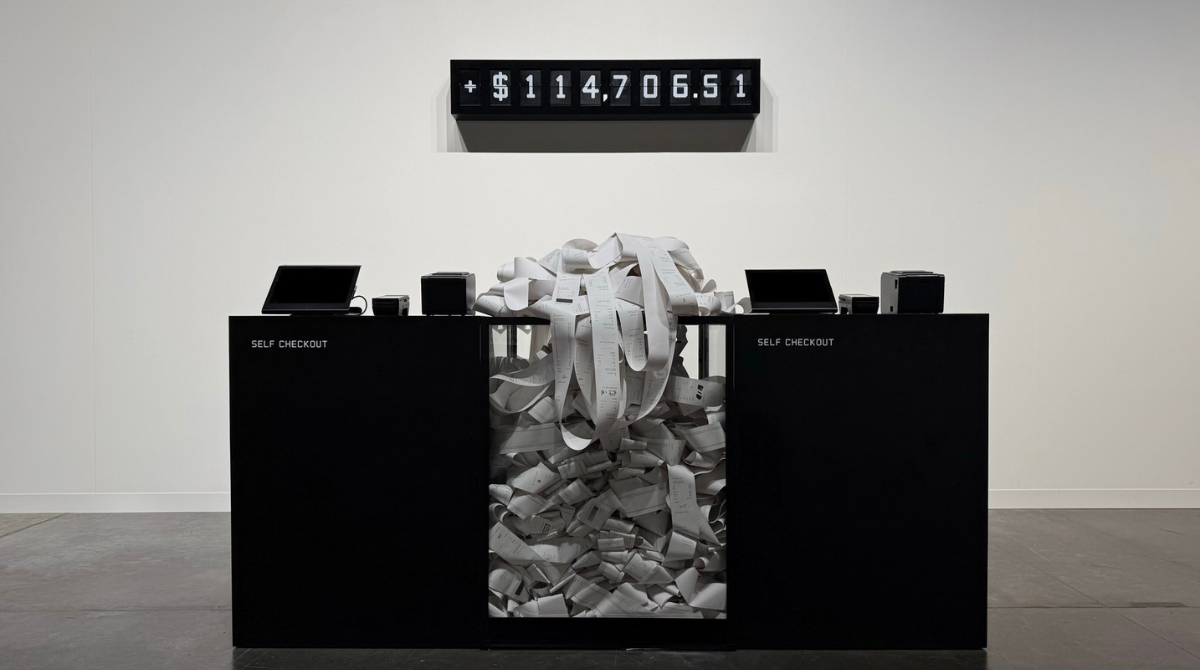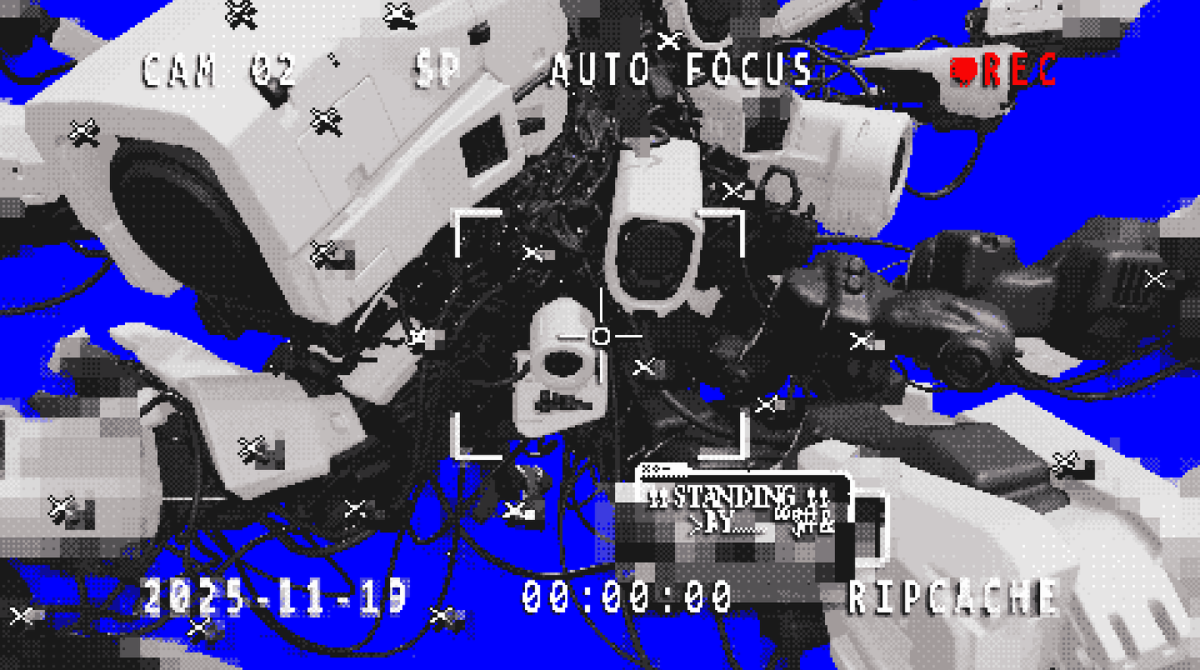Thanks to Andrew Steinwold for publishing this article with us!
When I ask guests on my podcast (listen here – it’s amazing) about where they think the NFT market is today, they often answer that it is similar to the crypto market of 2012 and 2013. Because so many people have given me this answer, I wanted to dive into the data and give my own solid guesstimate.
Obviously the NFT market is very different from the crypto market: NFTs are privately traded assets while cryptocurrencies are publicly traded assets. However, I think the comparison holds some merit because NFT users have a heavy exposure to crypto. I also strongly believe that NFTs will gain more users, more quickly, than crypto. NFTs are often designed to be approachable and game-like, while cryptocurrencies operate on esoteric concepts, like “money” or “value,” which are harder for the masses to grasp.
It is extremely hard to determine the number of active NFT users, but a starting point could be the number of wallets on OpenSea. User numbers could be even more accurate if we looked at “active” wallet count, but unfortunately I was unable to find that statistic. According to Richard Chen, a partner at the venture capital firm 1confirmation, stated that roughly 18,500 wallets have traded on OpenSea.
For the sake of simplicity, let’s say there are roughly 20,000 NFT users as of May 2020. Now, if we examine when Blockchain.com had roughly 20,000 bitcoin wallets, we can guesstimate that we are currently in August 2012 when comparing NFT users to crypto users.
The above chart shows roughly 20,000 Blockchain.com wallets in August 2012. Note that this is likely a good gauge for the number of crypto users because at the time, Blockchain.com was the most popular crypto wallet software so most people wanting to get bitcoin would have downloaded this wallet.
To get an even better handle on the number of early crypto users, we can look at the number of wallets on Coinbase. Coinbase is the largest cryptocurrency exchange in the United States, and at the start of 2013 it had a reported 13,000 wallets. It’s safe to assume that towards the end of 2012 there were at least 20,000 crypto users.
NFT Market Projections
If we look forward 1.5 years, there was a rapid growth in the number of crypto wallets from August 2012 to February 2014. Blockchain.com had a striking 1.288 million wallets and Coinbase reached 1 million users in February 2014.
If we applied the same 1.5-year growth rate to the NFT ecosystem, it could reach 1 million NFT users by November 2021.
Why The NFT Market Might Grow Slower Than The Crypto Market
Unlike cryptocurrencies, there is typically no spot price for an NFT. Bitcoin’s price is often quoted in the news and many people pay attention to this singular stat. NFTs, on the other hand, are individual assets, so there is no specific number to help get people interested and excited. As a result, NFTs are less prone to bubbles. A bubble in a publicly-traded asset is very visible and exciting. Since NFTs are less prone to wild swings in price, they naturally bring less attention to themselves compared to a more volatile asset like bitcoin.
Why The NFT Market Might Grow Faster Than The Crypto Market
It’s also possible that the number of NFT users will likely grow faster than traditional crypto users. Let’s break it down.
- Easier to Understand: Most NFTs are aligned with games or game-like applications, which makes them more appealing to a wider audience.
- Fun: Games are obviously designed to be fun, and cryptocurrencies are not. More fun means that more users will likely enter at a faster pace.
- Infrastructure: The 2017 crypto bubble laid out much of the infrastructure for the NFT ecosystem. There are now numerous crypto exchanges all around the world where people can access cryptocurrencies and purchase them with fiat currency. There is also a robust wallet infrastructure that allows anyone with the internet to download any type of blockchain wallet. With all of this already built, the underlying crypto “rails” can be used without much infrastructure needing to be built from scratch.
What Needs To Happen?
The NFT ecosystem needs a few things to happen in order to push its growth into warp speed. One of those things, as unfortunate as it is to admit, is for the NFT ecosystem to experience a bubble.
If you look at this chart of Coinbase users, you can clearly see that in 2017 there was a rapid increase. This was obviously due to the 2017 crypto bubble, and while much of what happened at the time was scammy, there was also a lot of valuable technology, capital, and human brain power being devoted to the ecosystem. More people and capital means that more things will be built, so it can have a positive outcome. This amazing a16z article written by Chris Dixon and Eddy Lazzarin explains that crypto bubbles have had an immensely positive impact on the ecosystem as a whole.
The NFT space also needs more “mainstream” media attention, including more catchy headlines from news sources like this:
The media is familiar with quoting the volatile price of bitcoin because viewers will click to find out what the price is that day. Luckily, NFTs can beat bitcoin on “clickbait factor” because NFT headlines can be absolutely absurd. What is more exciting?
“Bitcoin reaches $20,000!”
Or:
“Museum In Virtual World Spends $100,000 On Rare Digital Cat!”
The bitcoin headline requires a quick google search to confirm that bitcoin indeed hit that price. The second headline requires the reader to research digital rare cats and virtual world museums. In short, the headline lures them down a rabbit hole of weird and wonderful information, where they are likely to be left wanting to learn more.
Core blockchain infrastructure for the NFT space, which is mostly Ethereum, needs to improve. If another NFT game or application goes viral and Ethereum becomes clogged with transactions, it could become unusable and cause major issues (just like it did with CryptoKitties in 2017). Luckily not only is Ethereum upgrading to Ethereum 2.0, which will make the network faster and more powerful, but also numerous other competing blockchains are working to become bigger, faster, and stronger than Ethereum. While I am a big proponent of having most of the core ecosystem on a single blockchain so it enables seamless interoperability, it is reassuring to know that there are backups if Ethereum were to fail.
There you have it, a rough estimation on where we currently are in the NFT market life cycle and a few reasons why the growth of NFTs could be (likely) faster or (less likely) slower than anticipated. If you enjoyed this content please give me a follow on Twitter and subscribe to my newsletter, Zima Red.





.avif)
.png)
.png)

.png)



.png)